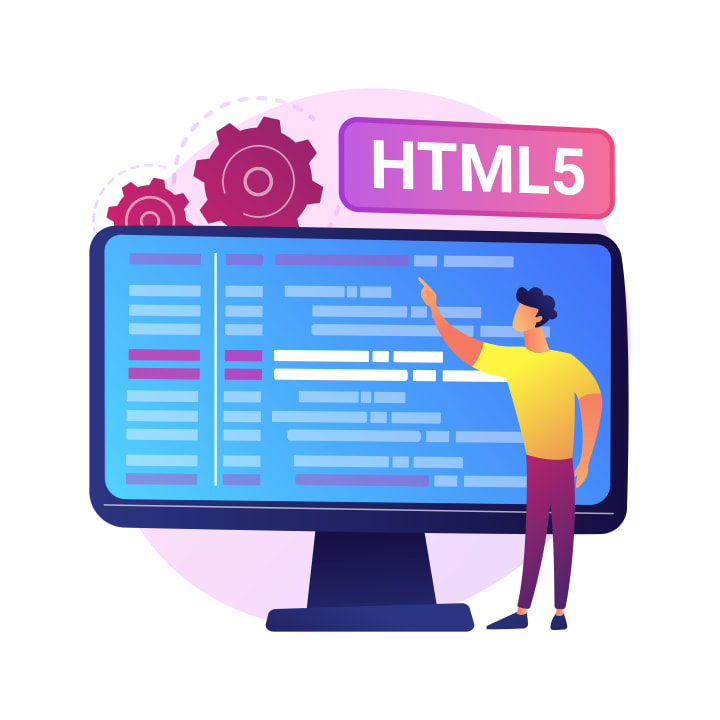Why Flash to HTML5 Conversion is Crucial for Modern Web
Flash to HTML5 conversion

In the ever-evolving digital landscape, the transition from Flash to HTML5 has become essential for delivering seamless, interactive, and engaging online experiences. As Adobe Flash phases out, converting Flash content to HTML5 is not just a technical necessity but a strategic move to ensure compatibility, performance, and accessibility across all devices and platforms. This article delves into the significance, benefits, challenges, and best practices of Flash to HTML5 conversion, highlighting its transformative impact on digital content.

Why Convert Flash to HTML5?
The transition from Flash to HTML5 is driven by several critical factors. HTML5 offers superior performance, cross-platform compatibility, and enhanced security compared to Flash. With major browsers discontinuing Flash support, converting to HTML5 ensures your content remains accessible and functional. Keywords: Flash to HTML5, digital content conversion, cross-platform compatibility.
Benefits of HTML5 Over Flash
- Cross-Platform Compatibility: HTML5 content is accessible on all devices, including desktops, tablets, and smartphones, providing a consistent user experience.
- Improved Performance: HTML5 delivers faster load times and smoother interactions, enhancing user engagement and satisfaction.
- Enhanced Security: HTML5 mitigates many security vulnerabilities associated with Flash, protecting users from potential threats.
- Future-Proofing: Adopting HTML5 ensures long-term compatibility with emerging technologies and web standards. Keywords: HTML5 benefits, cross-device compatibility, secure web content.
Challenges in Flash to HTML5 Conversion
Converting Flash content to HTML5 can be complex and resource-intensive. Key challenges include:
- Technical Complexity: Rewriting code, redesigning animations, and ensuring functional parity between Flash and HTML5 can be technically demanding.
- Resource Allocation: Significant time, effort, and financial investment are required to successfully transition from Flash to HTML5.
- Maintaining User Experience: Ensuring the new HTML5 content retains the same level of interactivity and engagement as the original Flash content. Keywords: conversion challenges, resource allocation, technical complexity.

Best Practices for Flash to HTML5 Conversion
To streamline the Flash to HTML5 conversion process, consider these best practices:
- Audit Existing Content: Conduct a thorough audit of all Flash content to prioritize and plan the conversion process effectively.
- Leverage Authoring Tools: Utilize advanced authoring tools and software that facilitate the conversion process and minimize manual coding.
- Optimize for Performance: Ensure the converted HTML5 content is optimized for fast load times and responsive design across all devices.
- Test Rigorously: Conduct extensive testing to identify and fix any issues, ensuring the HTML5 content functions seamlessly across different browsers and devices.
- Engage Experts: Collaborate with experienced developers and designers to navigate the complexities of the conversion process and achieve high-quality results. Keywords: conversion best practices, content audit, performance optimization.
The Future of Digital Content
The shift from Flash to HTML5 is more than a mere technical upgrade; it represents a significant step towards creating future-proof digital content. HTML5’s robust capabilities support multimedia elements, interactive features, and responsive design, enabling creators to deliver engaging and accessible content to a global audience. Keywords: future-proof digital content, multimedia capabilities, responsive design.

Conclusion
Flash to HTML5 conversion is a crucial process for modernizing digital content and ensuring its relevance in today’s web environment. By embracing HTML5, organizations can enhance performance, security, and user experience while future-proofing their content for evolving web standards. As the digital world continues to advance, the importance of staying updated with the latest technologies cannot be overstated. Embrace the transition from Flash to HTML5 to unlock new possibilities and elevate your digital presence. Keywords: Flash to HTML5 transition, modernizing digital content, elevating digital presence.
About the Creator
Enjoyed the story? Support the Creator.
Subscribe for free to receive all their stories in your feed. You could also pledge your support or give them a one-off tip, letting them know you appreciate their work.





Comments
There are no comments for this story
Be the first to respond and start the conversation.